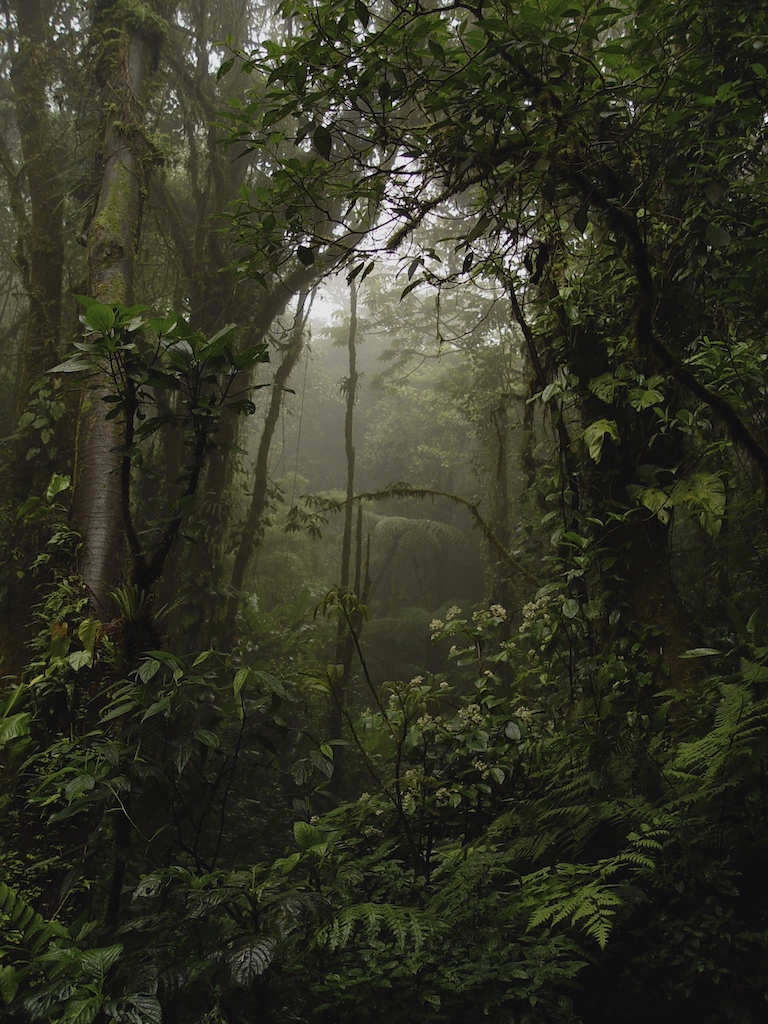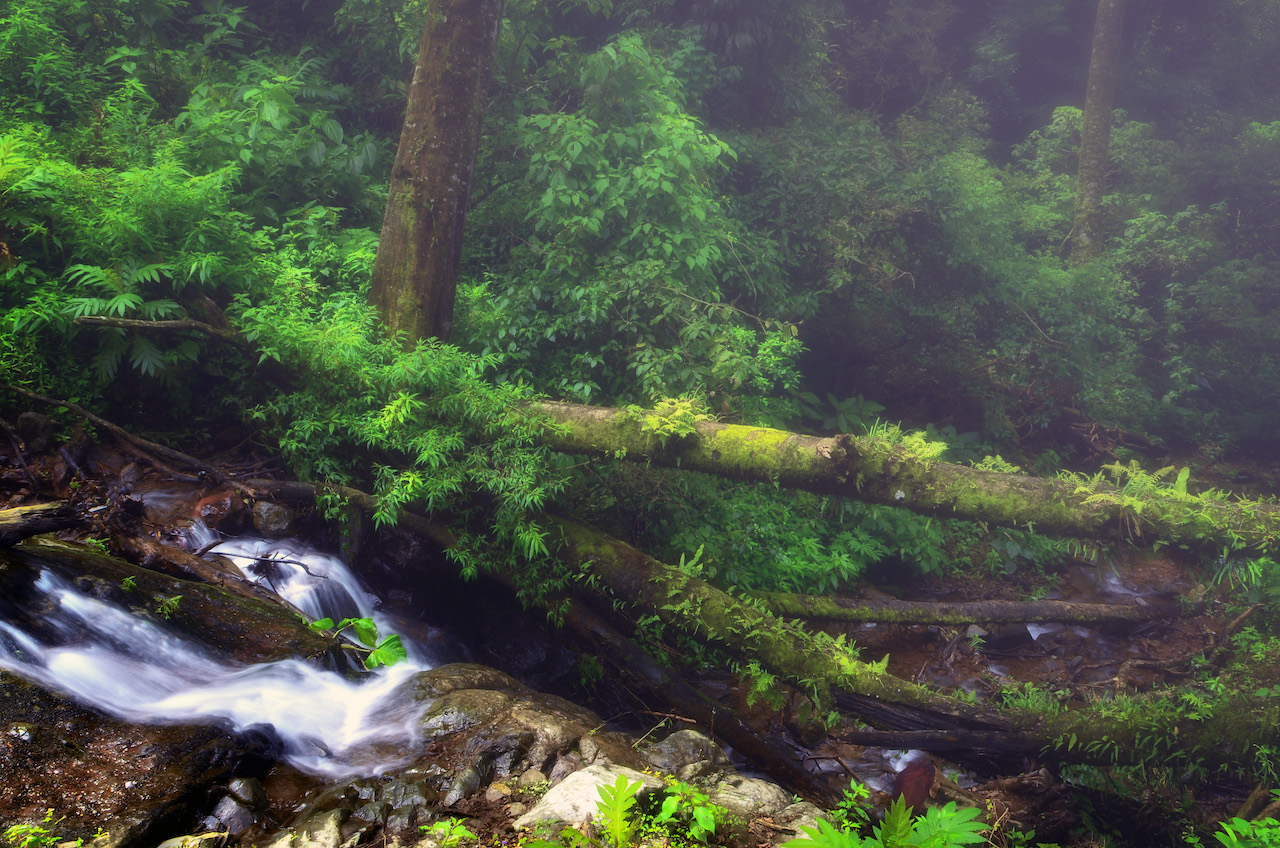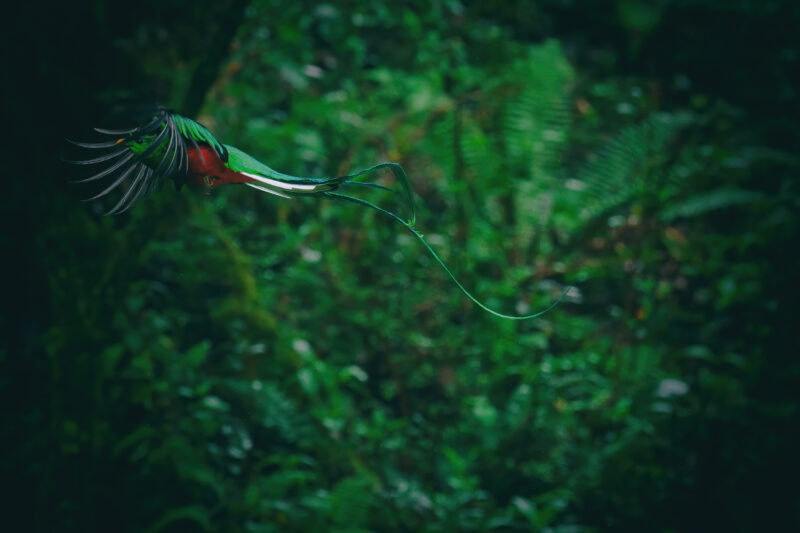Facts and history about Monteverde Costa Rica.

This cool place is located in the Continental Divide at 4,662 feet (1,440 m) above sea level and set within an almost mythic cloud forest, Monteverde is truly one of Costa Rica’s most remarkable destinations due to many reasons. Costa Rica is a global leader in sustainability, and Monteverde is no exception. Many accommodations favor green practices, local farmers tend to favor organic or low chemical production, and the community is committed to preserving significant portions of wilderness and promoting reforestation in previously damaged areas. When you travel to Monteverde, Costa Rica you’re supporting all of the practices, great and small, that keep this region beautiful.
Famous for its cloud forests, Monteverde, Costa Rica’s weather is mountainous, and can sometimes be a little damp but the “summers” are amazing! Fresh air and outdoor adventures beckon, and occasional rain showers keep the region green and bursting with wildlife that you can observe in their natural habitat. Don’t worry, regardless of whether you visit during the region’s dry season or ‘green season’ (i.e. rainy), you will still have plenty of time to enjoy outdoor activities.

What about Monteverde’s climate?
Average temperature: 61-64° F (16-18° C).
Annual rainfall: 118 inches more or less
Dry Season: December to March.
Location: 140 miles (225 km) Northwest of San José. Generally, this takes about 3.5 hours by car and 5 hours by bus.
Population: 6,750.
Altitude: 5,900 feet (1,800 m), although the highest hiking trails are at an elevation of 4,100 feet (1,250 m).

Why does it keep green all year round?
A locale’s climate always has its benefits. Monteverde, Costa Rica’s weather keeps the region lusciously green, which means nature enthusiasts are in for a dream getaway.
Monteverde’s main Cloud Forests destinations.
Monteverde’s three cloud forest reserves provide visitors with a wealth of opportunities to explore, enjoy adventures, and learn about these wonderful ecosystems while on vacation in Costa Rica.
1. Monteverde Cloud Forest Reserve.
The Monteverde Cloud Forest Reserve was established in 1972 and initially covered some 810 acres (328 ha) of forested land. Nowadays, its protective reach extends over 35,089 acres (14,200 ha) and encompasses eight life zones atop the Continental Divide. There are over 100 species of mammals, 400 species of birds, and 1,200 species of amphibians and reptiles living within its bounds. It’s one of the few remaining habitats that support all six species of the cat family jaguars, ocelots, pumas, oncillas, margays, and jaguarundis as well as the endangered three-wattled bellbird and resplendent quetzal. Over 8 miles (13 km) of trails are available for visitors to explore on their own or with a guide. Monteverde is located at only 3 hours away from San Jose Costa Rica
2. Santa Elena Cloud Forest Reserve.
The Santa Elena Cloud Forest Reserve was established in 1989 and is managed and operated by the community of Santa Elena. It was one of the first reserves in the country to be directly controlled by the local community (as opposed to a government agency), and is an excellent example of what people can do to both preserve and learn from their immediate environment. It has a similar sampling of plants and animals as the Monteverde Cloud Forest Reserve; however, it also acts as a habitat for spider monkeys, which the Monteverde Reserve does not. Its 765 acres (310 ha) hosts trails ranging from 1-3 miles (1-5 km) in length, as well as an observation tower that affords fantastic views of the Arenal Volcano on days that it is clear.
3. Bosque Eterno de los Niños.
Translated from Spanish as the “Children’s Eternal Rainforest,” this cloud forest holds extra special meaning to the Monteverde community. Maintained by the Monteverde Conservation League (MCL), this protected area started with Swedish school children raising money to purchase (and protect) parcels of threatened wilderness. Today, after partnering with organizations in over 40 countries, the Children’s Eternal Rainforest spans 55,600 acres (22,500 ha). For a unique experience, you can actually stay overnight at one of the forest’s two biological stations. The only thing better than the plants and animals you’ll observe is the knowledge that you’re doing so because you are actively helping them to stay in their natural environment.
There are an assortment of activities within the Monteverde area to help visitors engage with these forests. Hikes through the reserves allow tourists to see, smell, and even touch the interior of these jungles. Hikes that are taken with a naturalist guide will give visitors a better chance of spotting and learning about the animals who live here. Birding expeditions, which are best during the early morning hours, are understandably popular, as are visits to the butterfly farms and insect museums. Hanging bridge and aerial tram tours allow participants to peer into the upper reaches of the forest canopy, while zip-line tours will send them flying directly through it.
The beauty of making the trip to Monteverde, Costa Rica is that you will not only see but feel the contrast from the lower elevations. As you ascend, there are multiple transitions of temperature, moisture, vegetation and terrain. However, at the top of the divide, the warm wet Caribbean winds create the almost continuous source of moisture that fuels this unique habitat.
